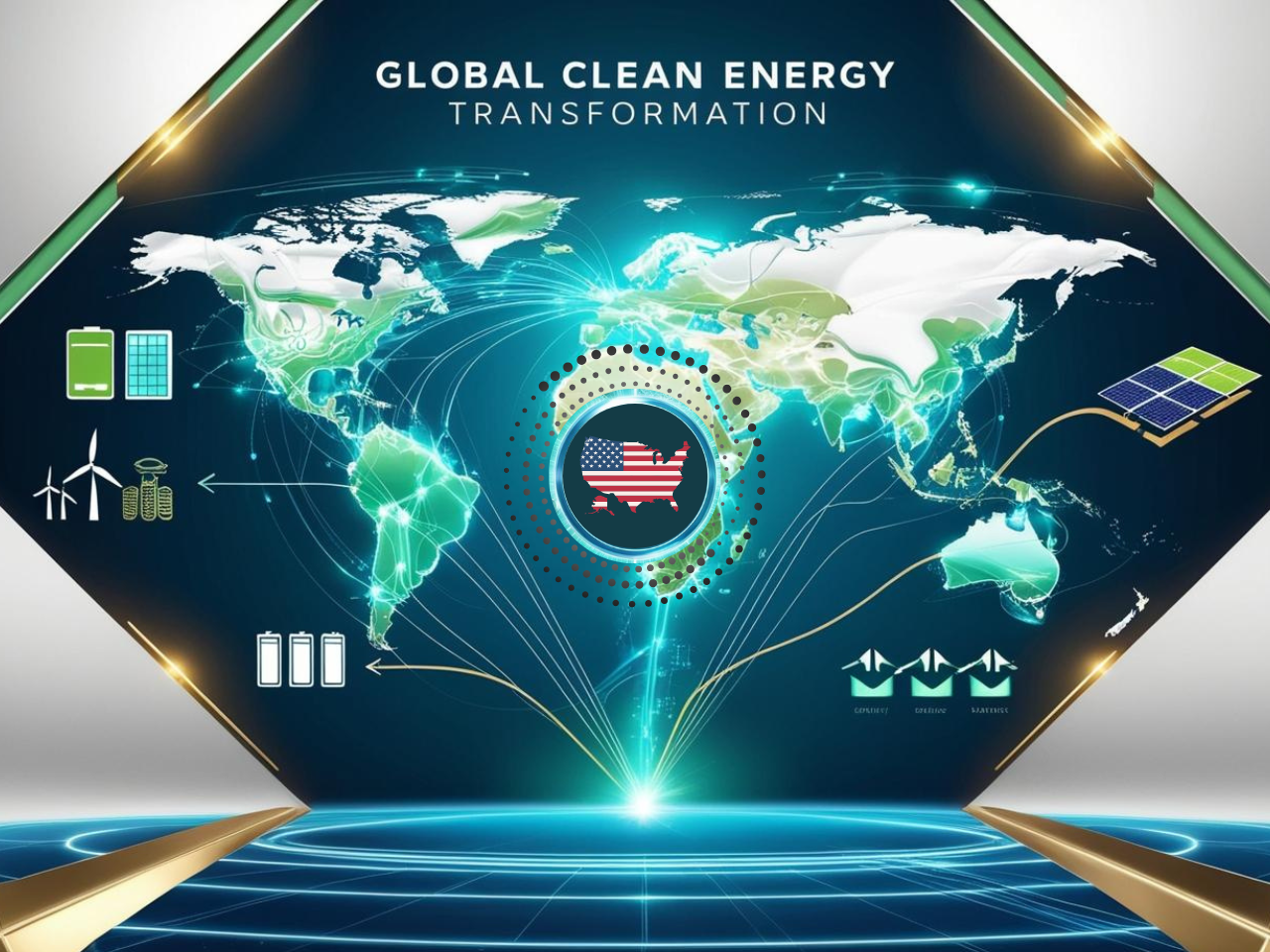IRA's Global Surge: Remaking Clean Energy Power
The US Inflation Reduction Act (IRA) is a game-changing initiative that goes beyond climate action; it is reshaping global clean energy markets and redefining geopolitical strategies. By offering significant financial incentives, the IRA is driving shifts in manufacturing, supply chains, and investment flows, contributing to a new era of energy diplomacy.
Shifting Manufacturing and Investment: A Global Realignment
The IRA is transforming clean energy manufacturing, prompting companies worldwide to reconsider their strategies.
Northvolt’s $7 billion investment in Quebec, aiming to build a state-of-the-art electric vehicle battery plant, will cater to North American demand.
While the project intends to produce essential materials like battery cells and cathode active material, Northvolt's parent company’s recent bankruptcy introduces uncertainties for the project’s future.
BlackRock’s $1 billion Evergreen Infrastructure fund has allocated capital to US clean energy projects, signaling growing confidence in the US market.
As the US accelerates clean energy production, countries like China, Germany, and Canada are feeling the competitive pressure to maintain their positions in global manufacturing and innovation.
Strategic Collaborations and 'Friendshoring' for Innovation
The IRA is fostering a new era of "friendshoring," where allied nations collaborate on clean energy innovation and supply chain security.
South Korean companies such as LG Energy Solution, Samsung SDI, and SK On have announced more than $100 billion in investments to develop electric vehicle battery production facilities in the US.
The IRA’s Advanced Manufacturing Production Tax Credit has been instrumental in driving these collaborations, strengthening the clean energy manufacturing ecosystem between the US and key allies.
This shift in collaboration between allied nations is reshaping supply chains and positioning these countries as leaders in clean tech innovation.
Global Policy Responses and Competitive Realignment
Countries worldwide are responding to the IRA’s influence on clean energy policies.
Canada, recognizing the IRA’s impact, has introduced measures such as tax credits to attract clean technology projects and align with US policy to capture IRA-driven investments.
As nations scramble to respond, clean tech policies are becoming central to economic and geopolitical strategy.
The New Geopolitical Chessboard: Clean Energy as Power
The IRA is redrawing the global energy map. By positioning the US as a clean tech leader, it is influencing traditional power dynamics.
The future of global energy is increasingly about control over the critical minerals, solar panels, and batteries of tomorrow. Clean energy is becoming the new geopolitical battleground, and the IRA is accelerating this global race.
Navigating the Future of Clean Energy
The IRA has sparked a transformative shift in global clean energy, creating opportunities and challenges. Governments, businesses, and investors must act strategically to adapt to the evolving landscape and position themselves for success in this dynamic geopolitical environment.
Next Steps:
Governments: Urgently review and align policies to maintain competitiveness in this shifting landscape. Strengthen international cooperation to ensure resilience in supply chains and foster innovation.
Businesses: Reassess US market opportunities, particularly in EV production, solar energy, and battery manufacturing. Innovate in sustainable technologies and engage in strategic partnerships.
Investors: Act swiftly to capitalize on IRA-driven growth in clean tech sectors. Evaluate cross-border opportunities and consider long-term sustainability when assessing risks.
Experts: Provide data-driven insights on market trends and policy impacts. Support stakeholders in navigating the complexities of the global clean energy transition.


